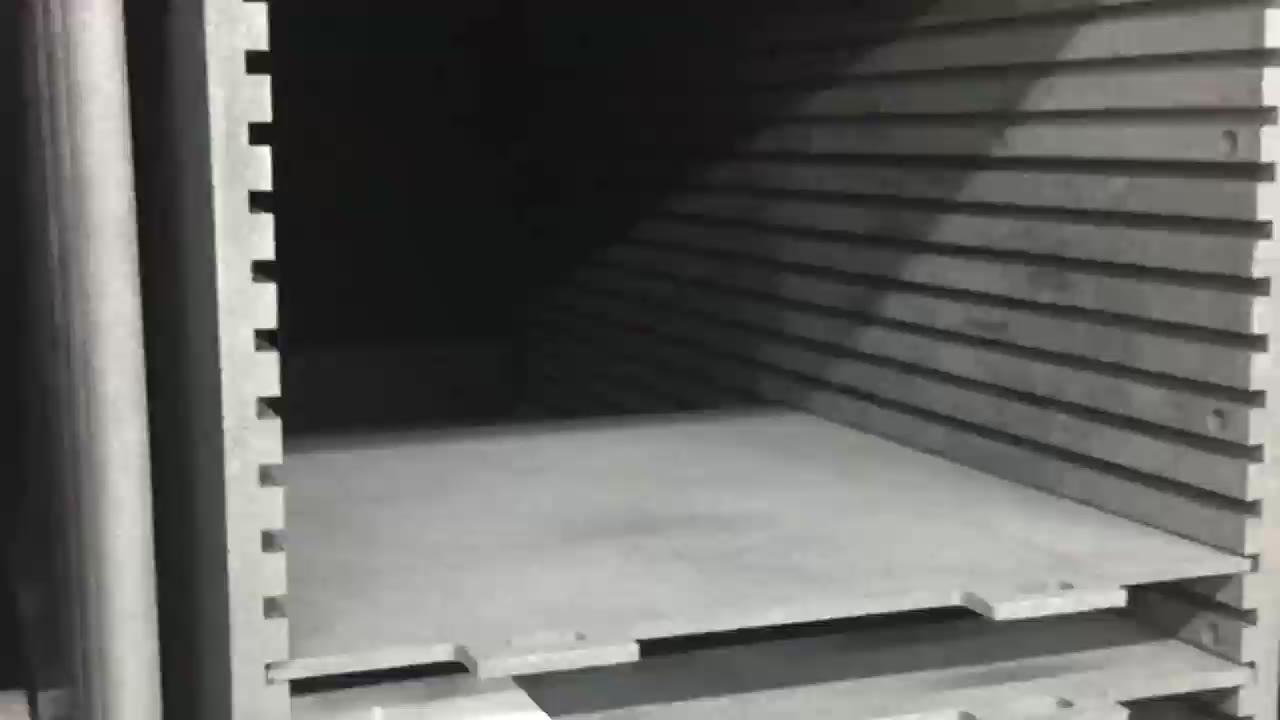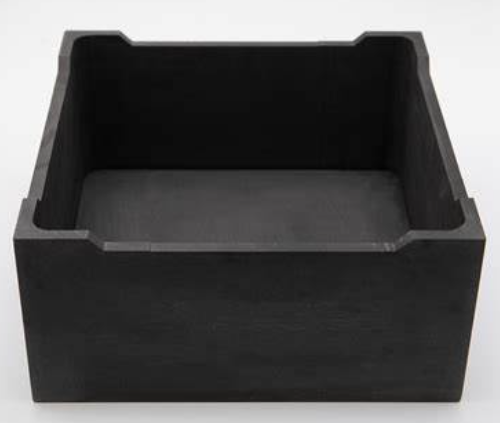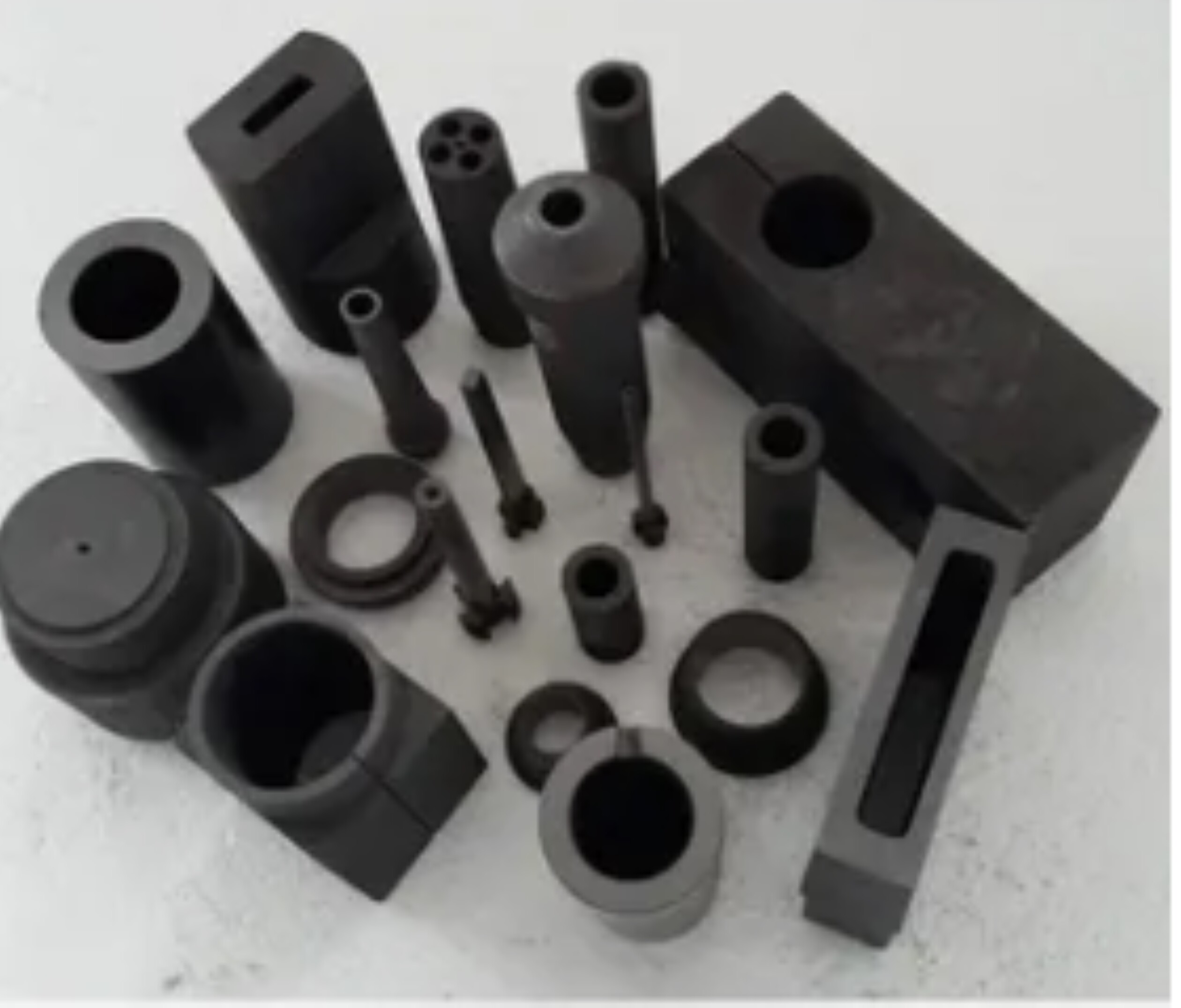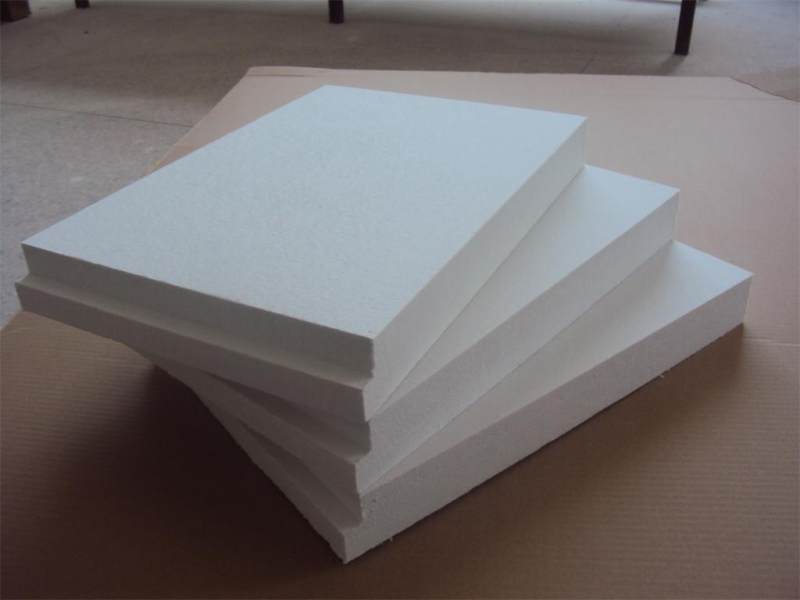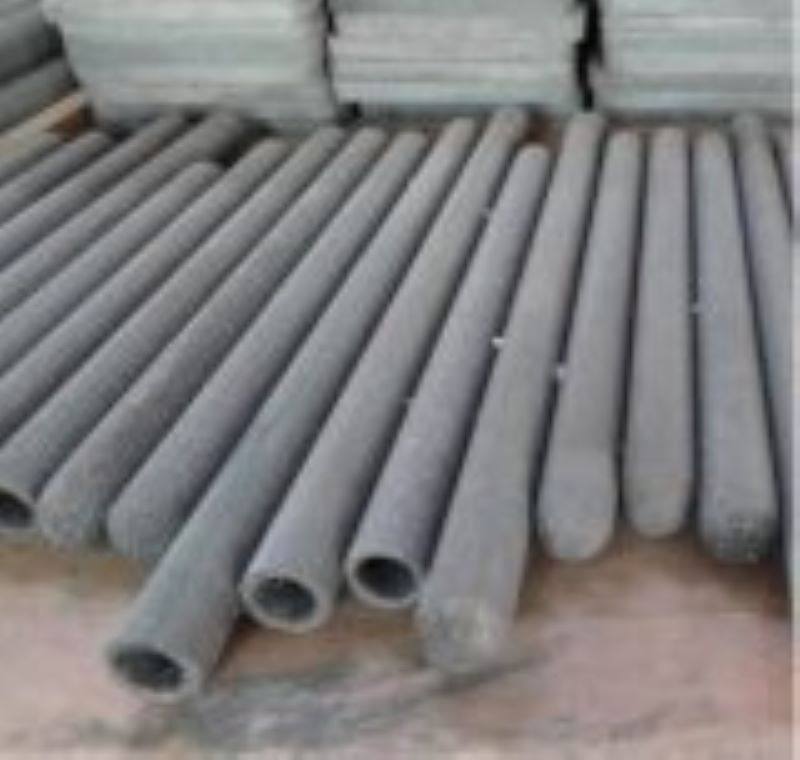High Performance Graphite Heating Elements for Industrial Furnace Carbon Graphite Heaters
Graphite Heating Accessories Industrial Furnace Heating Connector Heating Element of Vacuum Furnace
PRODUCT DETAILS
Characteristics of Commonly Used Heating Elements in Vacuum Furnaces
When working with a vacuum furnace, the main purpose is heating. During the heating process, a fast heating rate is required.
The selected heating material must have good thermal conductivity, and it should not deform or cause a large amount of heat
loss at high temperatures. It is necessary to ensure that its performance remains stable for a certain period during use. When
selecting a heating element, it is also necessary to consider the chemical properties of the product to be processed according
to one's own needs, so as to prevent the material of the heating element from affecting the quality of the workpiece. Therefore,
it is necessary to select the heating element reasonably.
What are the types and characteristics of non-metallic electric heating materials?
The main non-metallic electric heating materials include graphite (in the form of cloth, tubes, and rods). Its characteristics are low
cost, easy processing, large radiation area, and good resistance to thermal shock. It mainly relies on radiation for heat transfer and
has good working conditions. However, it is prone to volatilization at high temperatures, and measures should be taken to prevent
vacuum discharge (below 100V).
2.The main pure metal electric heating materials are molybdenum, tungsten, niobium, etc., which are used in high-temperature vacuum
furnaces. Due to the large temperature coefficient of resistance, a voltage regulator must be equipped to maintain a constant power.
3.The main electric heating alloy materials are nickel-chromium and iron-chromium-aluminum. They can only be used at 1000°C under a
pressure of 10⁻¹ Pa and are suitable for medium and low-temperature and low-vacuum furnaces. Nickel-chromium alloy and
iron-chromium-aluminum alloy can only be used at relatively low temperatures and in the medium vacuum range in a vacuum environment;
molybdenum, tantalum, and tungsten are prone to volatilization when heated in a vacuum, and their corresponding service temperatures are
reduced; the service temperature of silicon carbide rods in a vacuum is 1400°C, and it can reach 1600°C for a short time. Silicon-molybdenum
rods will soften at 1300°C in a vacuum; graphite electrodes will volatilize rapidly when the temperature exceeds 2400°C in a vacuum.
RECOMMENDED PRODUCTS
